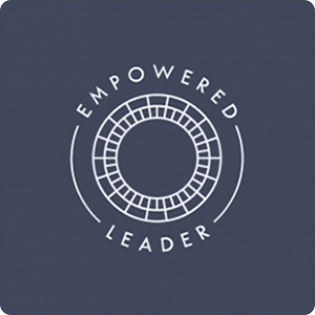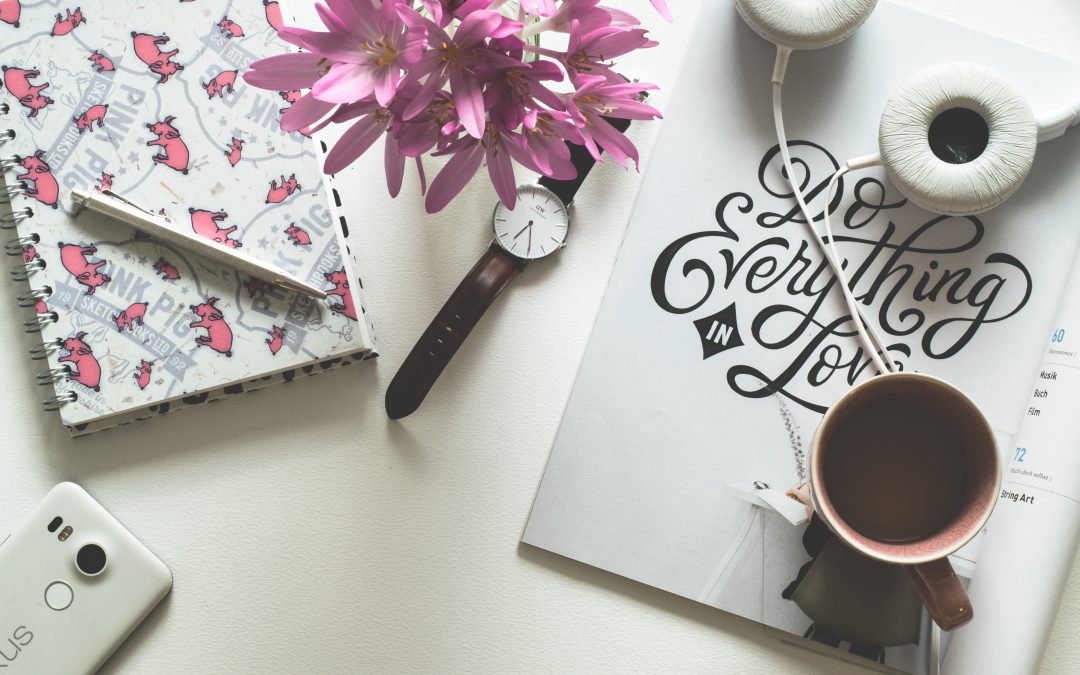Visualising your future is a powerful technique that can help you clarify your goals, focus your mind and create a sense of purpose and direction in your life. By creating a vivid mental image of the future you want to create, you can begin to develop the discipline you need to start motivating yourself to take the necessary steps to achieve it.
There are so many benefits to visualising your future. One benefit for many is that it can help you overcome self-doubt and negative self-talk as well as limiting beliefs by creating a positive mental image of yourself literally in your future. Visualisation can also help you to identify the necessary steps you need to take to achieve your goals, as well as the potential obstacles and challenges you may face along the way.
Bringing your unconscious and conscious minds together
Visualisation activates the Reticular Activation System (RAS) a network of millions and millions of neurons located in the brain stem. The RAS is responsible for our ability to focus, our fight or flight response and how we ultimately perceive the world and our place in it. It acts as a filter, derived from what you’ve told it to focus on, and it seeks information that validates the beliefs that you hold about what it is that you’re seeing.
The thing that I love most about the RAS and this is why I think visualisation is so valuable, is that it programs our unconscious and conscious minds to work together to make what we want a reality. So, naturally, it’s really important that the data you put into your RAS is high quality and what you want.
Visualising takes practice. While it’s something that I love to do it, I still need to continually work on. For me, it’s a work in progress. And that’s pretty much what it is; like mediation, mindfulness, yoga or exercise, visualisation is a practice.
Begin by deciding what it is that you want (easier said than done) and creating a mental image of what you want your life to look like in the future. Engage all of your senses to bring the image to life. For example, if you want to visualise receiving a promotion, hone in on the office environment you want to work in. Think about the décor, the lighting, desk arrangements and other furnishings. Also visualise the types of colleagues you want to be working with. What are the personality types and traits, what is the team and organisational culture like. Importantly spend time getting specific with how you want to feel when you get your promotion, what kind of work do you want to be doing and how do you want to feel about your performance. Don’t forget things like salary and the potential to earn more over time. If your wider impact is important to you, it will be vital that you include this too.
When I want to get a clear image in my mind, I take the time to write it out and keep it in my journal. When you hand write your image in detail it boosts your brain activity and engages it in the process it’s undertaking making it easier to create a clearer memory for you to refer back to.
There are different experts who think that particular times of the day are better to practice visualising than others. Personally, in the evening before I go to bed and again in the morning is what works best for me. I spend a few minutes visualising what I want in my future. Go with what works best for you.
Once you’ve created the mental image of the future you want for yourself, revisit it regularly. A daily practice of visualisation can be journaling, meditation or day dreaming for a few minutes. It can also be all 3. If you get benefit from doing all them at onetime or another, then do what works for you.
Maintaining a vivid image in your mind helps you to focus on the positive aspects that your future holds, making easier to overcome or circumnavigate any obstacles that show up along the way.
Visualisation works because our minds can’t tell whether what it is seeing is real or not or whether it’s happened or not. It’s the perfect blank canvas.
Benefits of visualisation include:
- Increased confidence
- Relieve stress
- Improve your mood
- Declutter your mind
- Adopting healthier habits and behaviours.
Mental rehearsal
Another way to describe visualisation is mental rehearsal. High performers, athletes in particular, use this technique frequently to prepare themselves for significant events and championships. Mental rehearsal is where you imagine the outcome of your event in the future and capture every detail and milestone of how it will evolve and play out as though it was in real life. This requires effort and preparation to imagine in fine detail every moment from the beginning to the end, capturing the milestones vividly that will reassure you that you are on track to reach your goal or objective. Oftentimes, this level of effort and work is best done in partnership with an experiencec coach or mentor who can help you to draw out the smallest fragments of detail that will make the difference to the outcome. Athletes in particular are know for then detaling this process in a script (similar to journaling) so they can read and record what has been written so they can listen to it over and over again while their mind brings it to life.
If this is something you want to try for yourself, know that you can continue to revise and tweak your script until you know and feel that it’s captured exactly what it is that you want in your future. I’ve done this with Joe Dispenza books and other tools where I’ve recorded on my iPhone what I want to repeat over and over again and then listened to it while walking, on the way to work or first thing when I wake up.
Visualisation is not only powerful for your mind, it’s also powerful in creating the habits, behaviours and patterns that you will need to develop to support you along the way to getting the future that you want. And that’s another element of visualisation that I really love, it all happens as a result of you making an empowered decision.
Tap into your power
I’ll finish with this quote from Marianne Williamson that I’m sure you’re familiar with, “our deepest fear is not that we are inadequate. Our deepest fear is that we are powerful beyond measure”.
Don’t fear your power and potential, visualise and bring it to life.
Liz Ellis is a certified Leadership and Performance Coach, Master Practitioner of Neurolinguisitic Programming and Conscious Hypnosis and a Practitioner of Timeline Therapy. She is founder and Principal Coach at Empowered Leader, a practice that supports leader to overcome challenges in their role and bumps along the road in their career by reconnecting to their vision and purpose.

